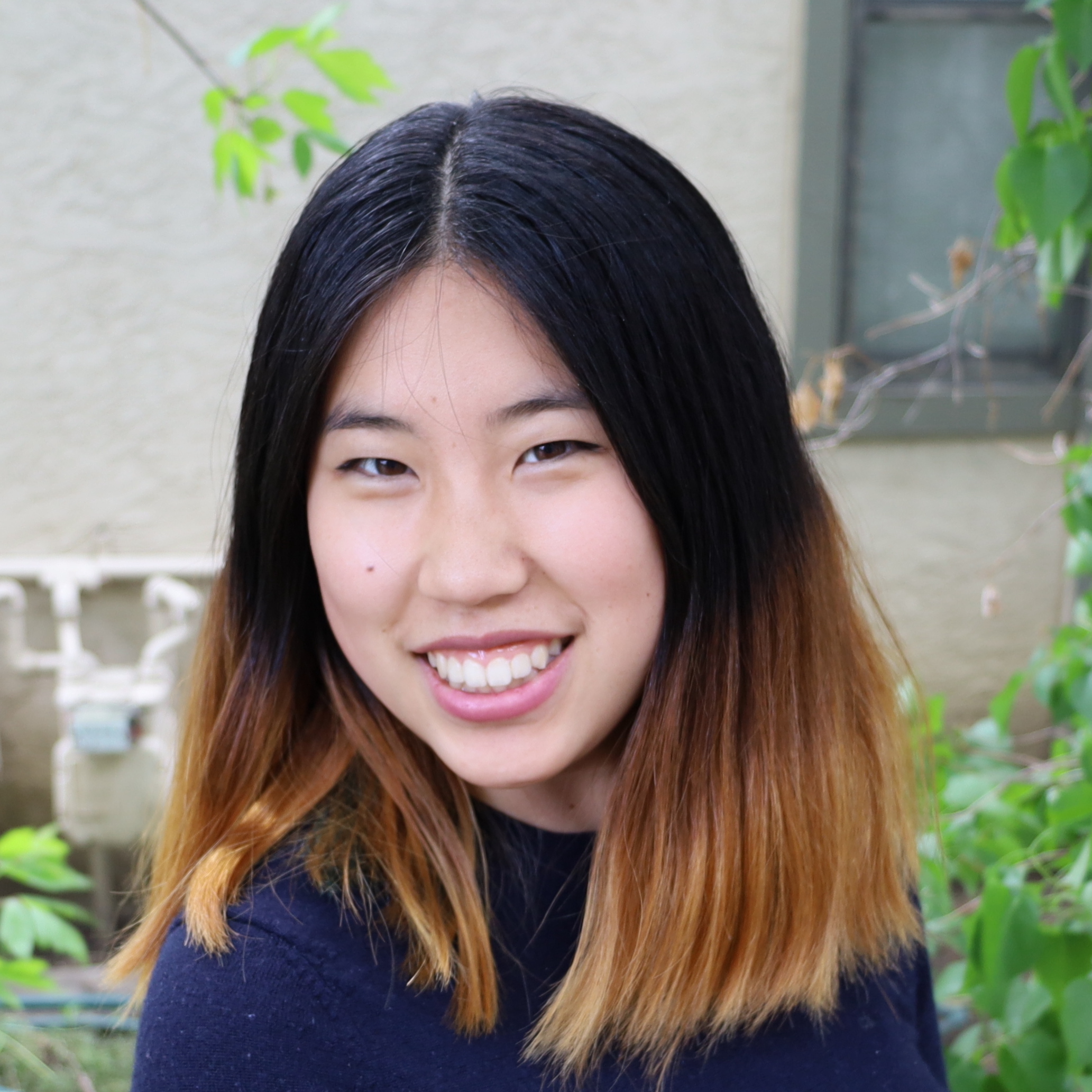THE STORY PROPER
by Leslie Quirk
The ideal short story is the relation of an isolated incident. In a novel you may introduce your heroine in one chapter and your hero in another, and then shift scenes and seasons with bewildering rapidity to the very end. There is a runaway, perhaps, in which the man saves the girl's life. There is a forest in which the lovers get lost together. There is an automobile wreck that drives them to a farmer's house for supper. But each of these leads up to the climax the inevitable marriage of the two.
Now, any one of these counter-incidents would make a short story, but all of them together lack the fundamental requisite of brief fiction unity. The ideal short story begins in one place and ends in that place. It begins with a certain number of characters and ends with that number. It is an incident by itself, isolated from the other happenings of everyday life.
It may be any length, provided it is not too ungainly to crowd between the covers of a magazine, or too tiny to demand a place at all. Generally speaking, a short story should run between 1,000 and 6,000 words.
Length, of course, is largely a matter of demand rather than of choice. You can't tell some stories in less than 5,000 words without condensing them so sharply as to destroy utterly their charm, and you can't stretch others above 1,500 words without padding them unduly. As in all other things, the ones that do not come close to either extreme are most apt to prove acceptable.
Whatever the length, the ideal short story is one complete chapter. Above all else, it is a unit; and any plot that necessitates chapter divisions is faulty and had better be discarded.
Many of the stories that are sliced up in this fashion by beginners, however, really possess unity. The divisions are false, and are the result of the writer's idea that they make his story more presentable. The scene may be the same and no interruption to the action have taken place.
Young writers have a habit of using a series of stars or dashes to indicate the lapse of time in their stories. There is no reason for this, other than that the plot is wrongly constructed or that the writers err flatly. The craze for chapter divisions is a senseless one, and comes from a study of the novel.
Perhaps the most common error of the young writer is the unconscious padding by the use of remarks, comments, stray bits of information, or morals entirely foreign to the plot. The proper way to tell a short story is to draw a line from the striking introductory sentence straight to the climax, and never, by a hair's breadth, deviate from that line. Remarks and comments are for the editorial, information for the essay and scientific article, and morals for the religious article. A salable short story is nothing more nor less than a good plot draped enough to soften the naked crudities without hiding the general beauty of form.
No two stories are alike in structure. For this reason, it is impossible to give specific advice as to the telling. But if you have something with a laugh, a tear, or a thrill, and go about presenting it in a straightforward, natural manner, without hurrying or lagging overmuch, you are pretty sure to produce a story that will sell.
It seems to be the fate of most writers to have a tendency either to take up a great deal too much time in telling their story, or to do it admirably nearly to the end and then seemingly to tire and hurry through to the climax. You will find, most likely, that in writing a story you have a habit of completing it in 1,000 words, or even less, or else taking five or six times that many. In either case, you can easily discover your weakness and strive to correct it.
After you have acquired a little ease in your composition, you will find that there are a dozen ways of telling the same story, and that your way is apt to be the one that comes to you most easily.
Now, it may be worth while, financially, to try an experiment. After you have your plot well in mind, pick up some magazine and study the structure of its predominating stories. Then adapt your style to that of the magazine, and write your story with the idea that it must follow precisely the model you have chosen. It seems to me that in this way you have a story exactly fitted to a certain line of publications rather than one adapted, almost, to anything published.
You will find, however, that on at least one point all editors are agreed; that is, that conversation is always preferable to description. It is a good plan to go through a completed story and substitute the former for the latter wherever possible. I think I can offer no more forcible advice than that of the writer who said: “It is not necessary to say that a woman is a snarling, grumpy person. Bring in the old lady and let her snarl.”
But no matter how you tell your story, it must follow the general rule of leading up to a climax. In its broadest sense, this may be illustrated by recalling a good detective or mystery story. It is this very thing that makes the poorly educated read stories; the very thing that makes some people turn to the last chapter in a book before reading the others; the very thing that makes a child urge you to go on and on in telling a story—merely the desire to see how it all comes out, to know why this character did that and that one this, all through the narrative. It is really inborn curiosity, and if a story did not hold out the promise of a denouement or climax very few would read it.
In writing your story, therefore, you must keep this always in mind. Little suggestions whet the reader's appetite and make him eager to go on. These, however, should not be broad. “Little did she think that ere the setting of another sun a great calamity would be upon them.” This method lacks delicacy and is certain to create disgust. Strike out along new lines, that your reader may never guess how the story is to end, and then lead him on, step by step, till the climax comes, sharp and clear, like the snap of a whip.
Excepted from How to Write a Short Story by Leslie Quirk


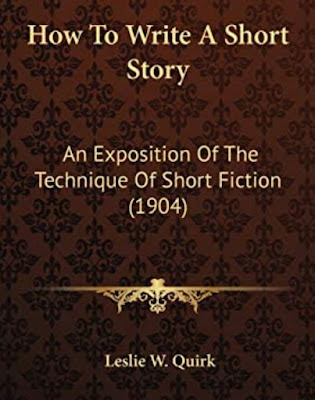
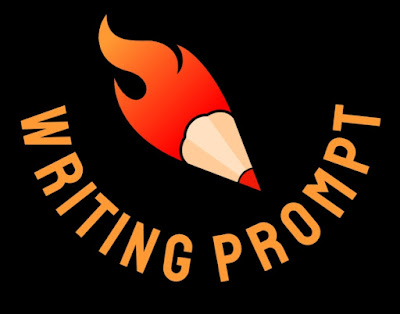
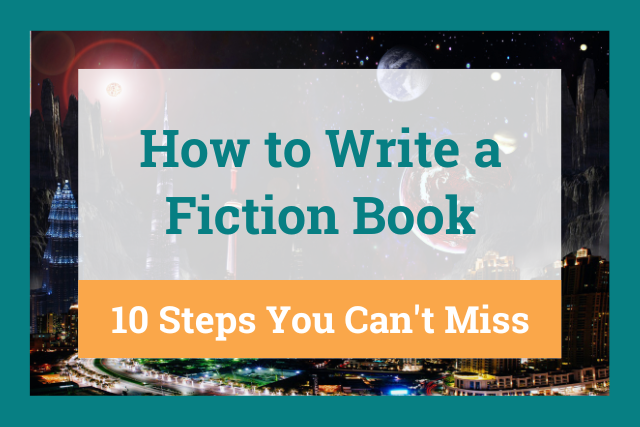
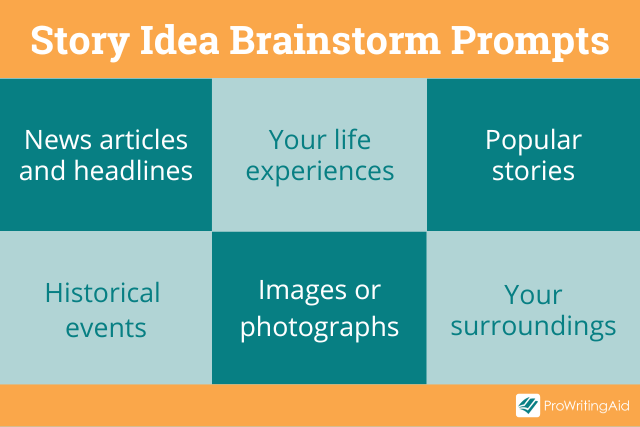
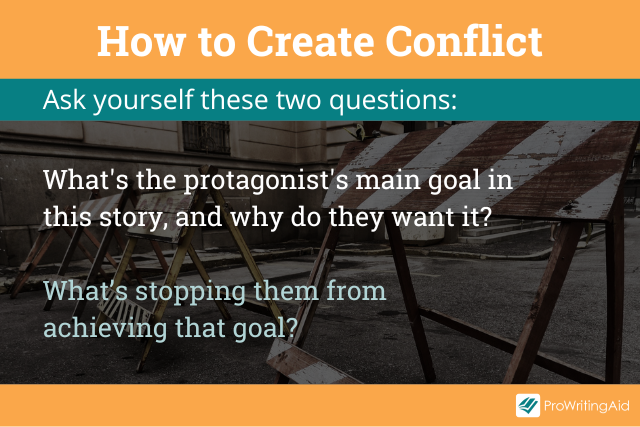

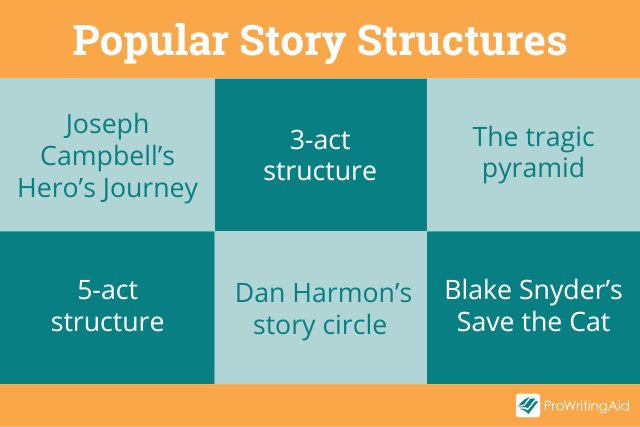



 Have you tried
Have you tried 